What is the difference between 3, 4 and 5 axis CNC
CNC machining is the manufacture and processing of parts and products under computer control
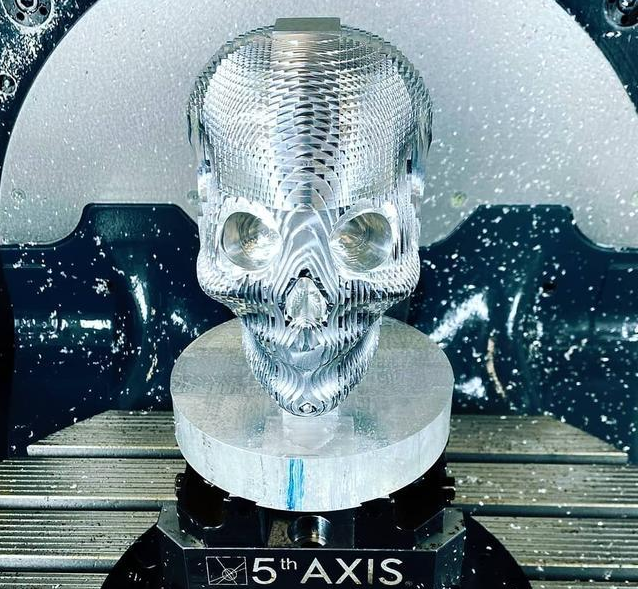
Numerical control machining involves shaping and resizing a piece of material (i.e. a workpiece) using a computer numerical control (CNC) machine tool by automatically removing the material. Usually, the materials used are plastic or metal, and when the removal is complete, the finished product or product is already produced.
This process is also known as subtractive manufacturing. For CNC machining, computer applications are used to control the movement of the machine tool
Common types of CNC machine tools
CNC machining processes include the most common milling and turning, followed by grinding, edM and so on.
Milling
Milling is the application of a rotating tool to the surface of the workpiece, moving along 3, 4 or 5 axes. Milling is basically the cutting or trimming of a workpiece that can be quickly molded into complex geometric shapes and precision parts from metal or thermoplastics.

Turning
Turning is the use of a lathe to produce parts containing cylindrical features. The workpiece rotates on an axis and is in contact with precision turning tools to form circular edges, radial and axial holes, grooves and grooves.
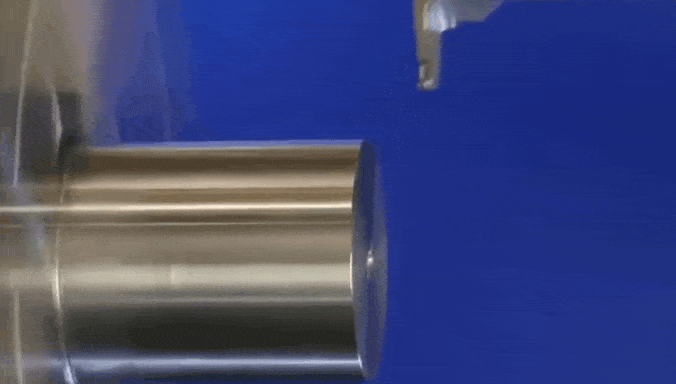
Advantages of CNC machining
Compared with traditional manual machining, CNC machining speed is much faster. As long as the computer code is correct and conforms to the design, the finished product has high dimensional accuracy and little error.Numerical control manufacturing is an ideal rapid prototyping manufacturing method. It can also be used to manufacture end-use products and components, but is usually cost-effective only in short production runs with low volumes.
Multi-axis CNC machining
CNC milling involves removing material using a rotary cutter. Either the workpiece remains stationary and the tool moves to the workpiece, or the workpiece enters the machine tool at a predetermined Angle. The more axes of motion a machine has, the more complex and faster its molding process is.
3-axis CNC machining
Three-axis CNC milling remains one of the most popular and widely used machining processes. In 3-axis machining, the workpiece remains fixed and the rotating tool cuts along the X, Y, and Z axes. This is a relatively simple form of CNC machining, which can produce products of simple structure. It is not suitable for machining complex geometric shapes or products with complex components
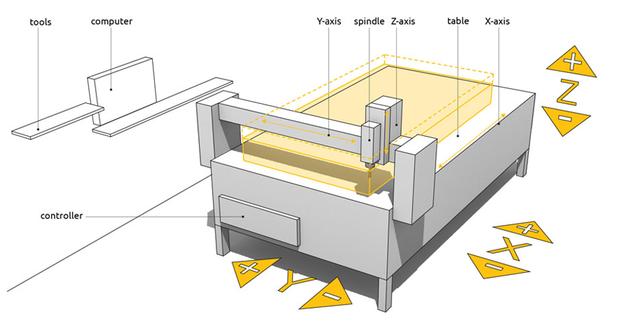
Since cutting can only be done on three axes, the machining speed may also be slower than four - or five-axis CNC, as the workpiece may need to be manually repositioned to obtain the desired shape.
4-axis CNC machining
In 4-axis CNC milling, a fourth axis is added to the motion of the cutting tool, allowing rotation about the X-axis. There are now four axes -- x, y, Z and A. Most four-axis CNC machines also allow the workpiece to rotate, known as the B-axis, so that the machine can act as both a milling machine and a lathe.
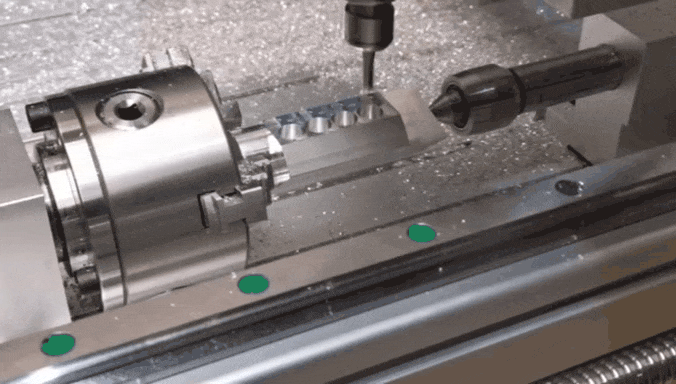
5-axis CNC machining
Five axis CNC milling has an extra axis of rotation compared to four axis CNC. The fifth axis is rotating about the Y-axis, also known as the B-axis. The workpiece can also be rotated on some machines, sometimes referred to as the B or C axis
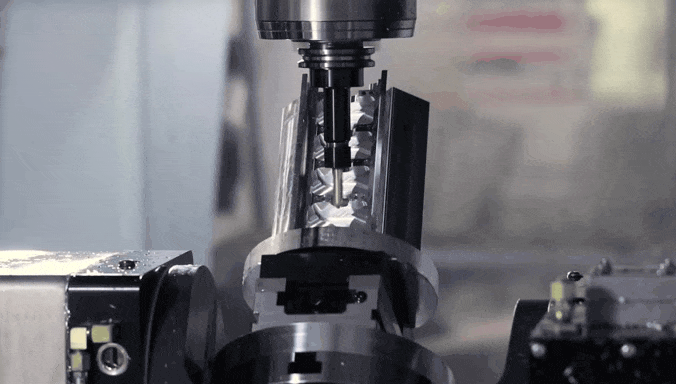
Due to the high versatility of 5-axis NC machining, it is used to manufacture complex precision parts. For example, medical parts for artificial limbs or bones, aerospace parts, titanium parts, oil and gas mechanical parts, military products, etc.
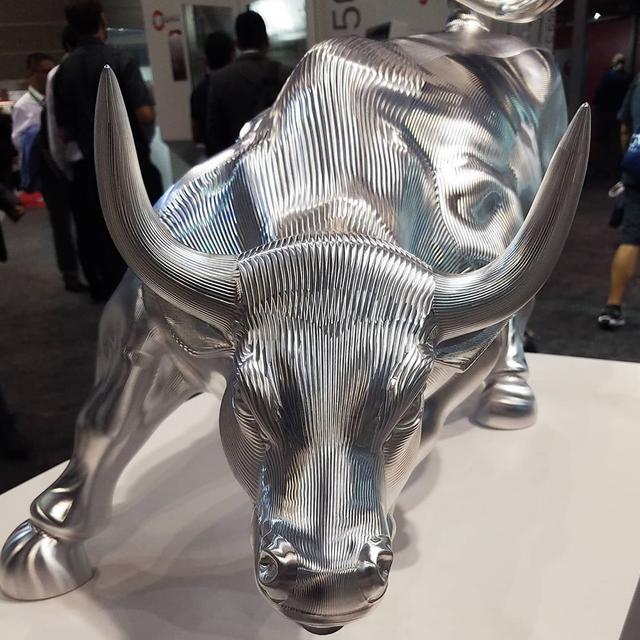
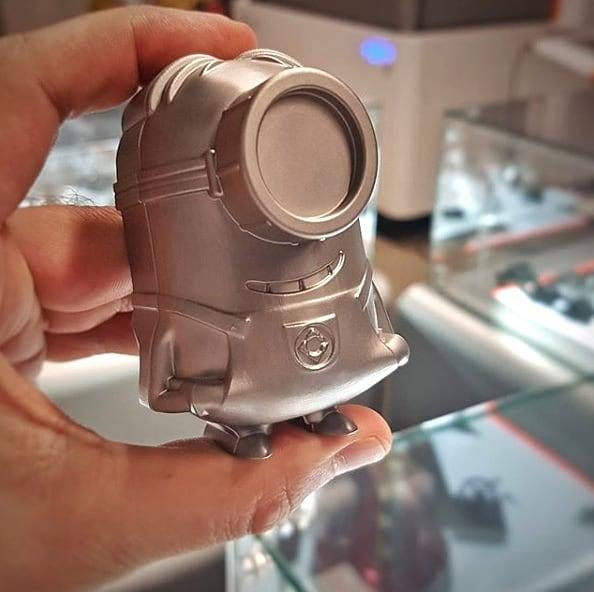











 Tel : 86 769 3325 6035 / 86 769 8306 2140
Tel : 86 769 3325 6035 / 86 769 8306 2140 Fax : +86 769 85634781
Fax : +86 769 85634781 E-mail :
E-mail :  Wechat//whatsapp : 189 3818 5885
Wechat//whatsapp : 189 3818 5885 Address : Wentang Industrial Zone, East District, Dongguan, Guangdong
Address : Wentang Industrial Zone, East District, Dongguan, Guangdong  Zip code : 523121
Zip code : 523121

*verification code is null
*verification code error